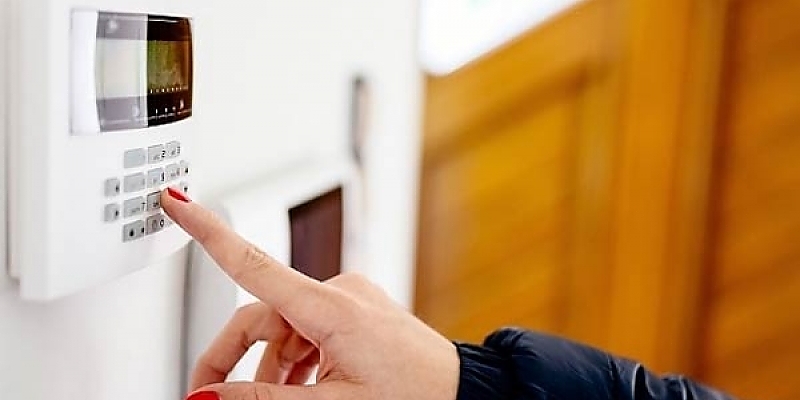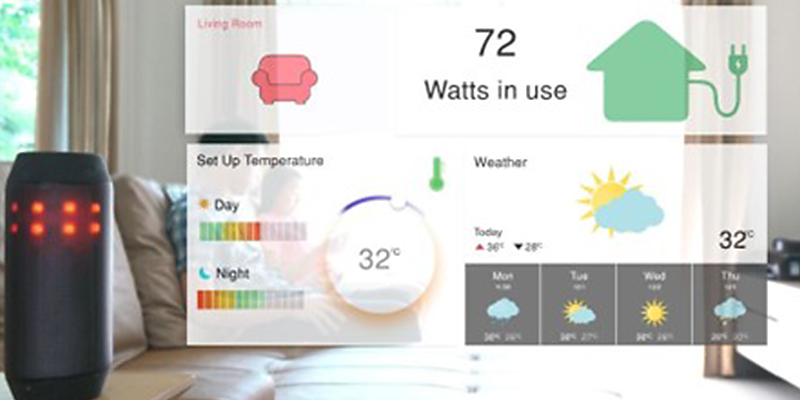By using our website, you agree to the use of cookies as described in our Cookie Policy
-
24 Hour Emergency Service
- 24 Hour Emergency Service
6 Types of Home Security Sensors and How They Detect Intruders
6 Types of Home Security Sensors and How They Detect Intruders
With over 800,000 homes burglarized each year, finding ways to keep your family safe has become a top priority. Yet with all the options on the market, shopping for a home security system can be overwhelming.
Don’t procrastinate keeping your home secure because you don’t know what to choose. By knowing how each security sensor works, you can better pick the system that works best for you.
To help keep your family safe, let’s look at 6 types of home security sensors and how they work.
1. Glass Break Detectors
If an intruder thinks they can gain entry into your home by breaking glass, make them think again.
Glass break detectors pick up on bands of frequencies and sounds. When glass breaks, these sensors know the type of frequency and noise breaking glass will make, setting off the alarm.
2. Magnetic Switches
Magnetic switches protect common entry points into your home: doors and windows. The alarm sounds when either gets opened by an intruder.
It works by having one component attached to the window or door and another component attached to the frame. The components sit side by side. When the door or window opens, the component separates, and the alarm goes off.
3. Passive Infrared Motion Detectors
One of the popular types of security sensors is passive infrared (PIR) motion detectors. They’re practical, affordable, and don’t generate or radiate their own energy.
PIR sensors pick up on ambient temperature changes, such as body heat. Spikes of temperature changes will set off the alarm. This also means your pets can trigger the alarm.
4. Ultrasonic Motion Detectors
Ultrasonic motion detectors are one of the most sensitive sensors available. They use echolocation to detect motion, much like the sensors bats use to “see.”
Because of their sensitivity, they’re prone to false alarms. They can also irritate your pet’s ears since animals may be able to hear the sound waves emitted.
However, they’re great for areas that have a lot of obstructions since ultrasonic sensors don’t have dead zones.
5. Microwave Motion Detectors
The use of electromagnetic waves makes microwave motion detectors another popular home security sensor. Any motion in the detection zone will set off the alarm.
It has a long detection range and can sense motion around corners or through walls. However, these sensors can’t pass through metal, which creates dead zones behind any metal object.
It’s also prone to false alarms since animals and large insects are able to trigger the sensor.
6. Tomographic Motion Detector
One of the new forms of security sensors is tomographic motion detectors. It uses radio waves to detect motion.
Nodes placed around the area will create a mesh of radio waves that communicate with each other. Any motion that passes through this mesh will trigger an alarm.
Detection nodes are easily hidden out of view and will pass through walls and obstructions.
Keep Your Home Safe with Security Sensors
Keep your home a place you always feel safe in. By knowing what security sensors you have to choose from, you can create a system that’s perfect for your family.
Ready to make your home secure? Contact us today for a free estimate!
‹ Back











Comments